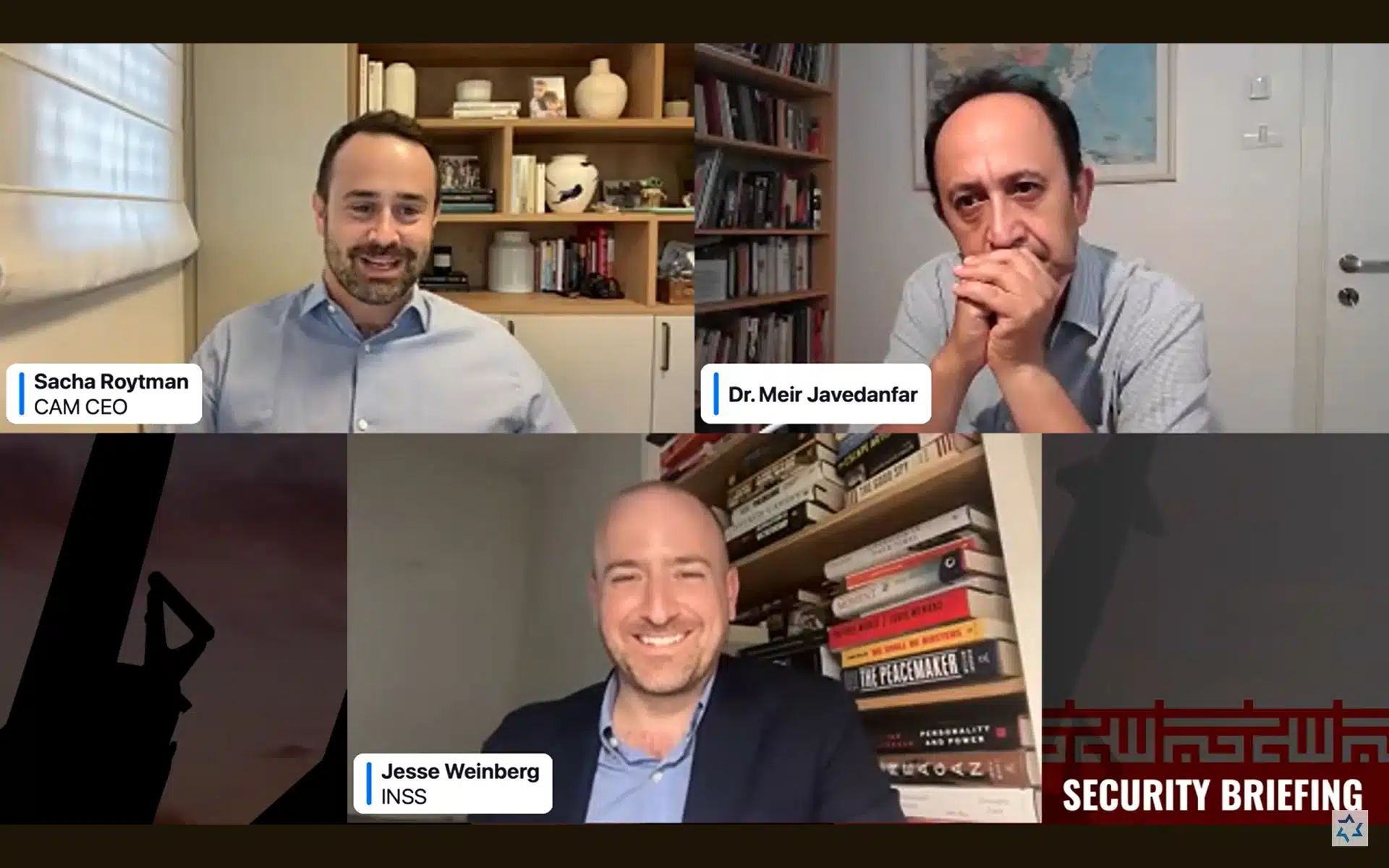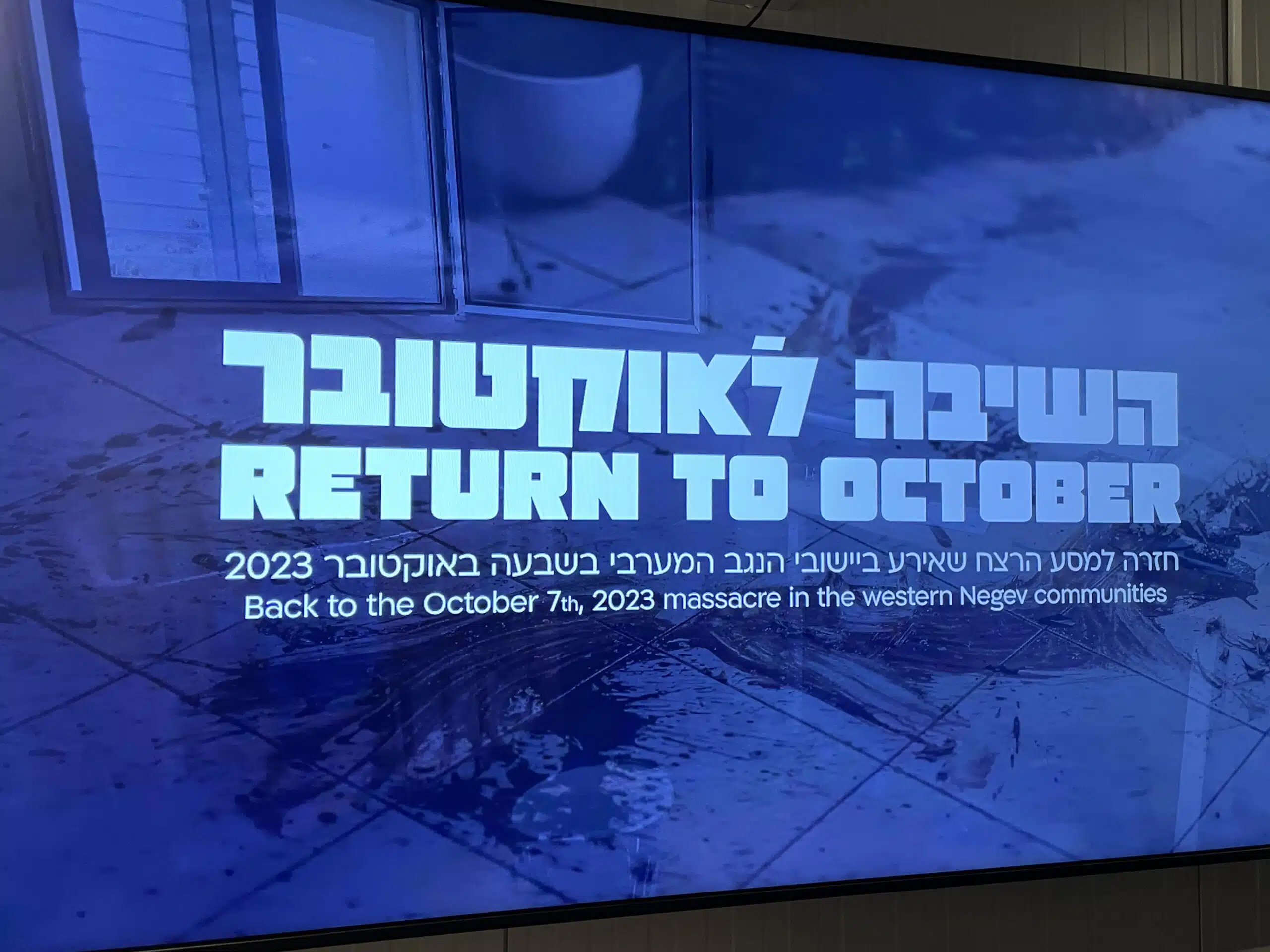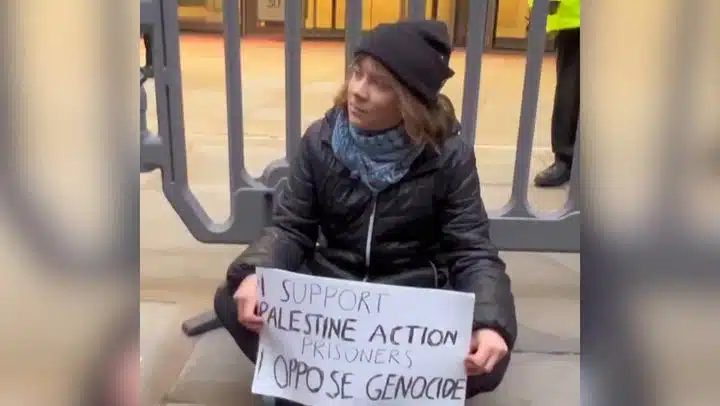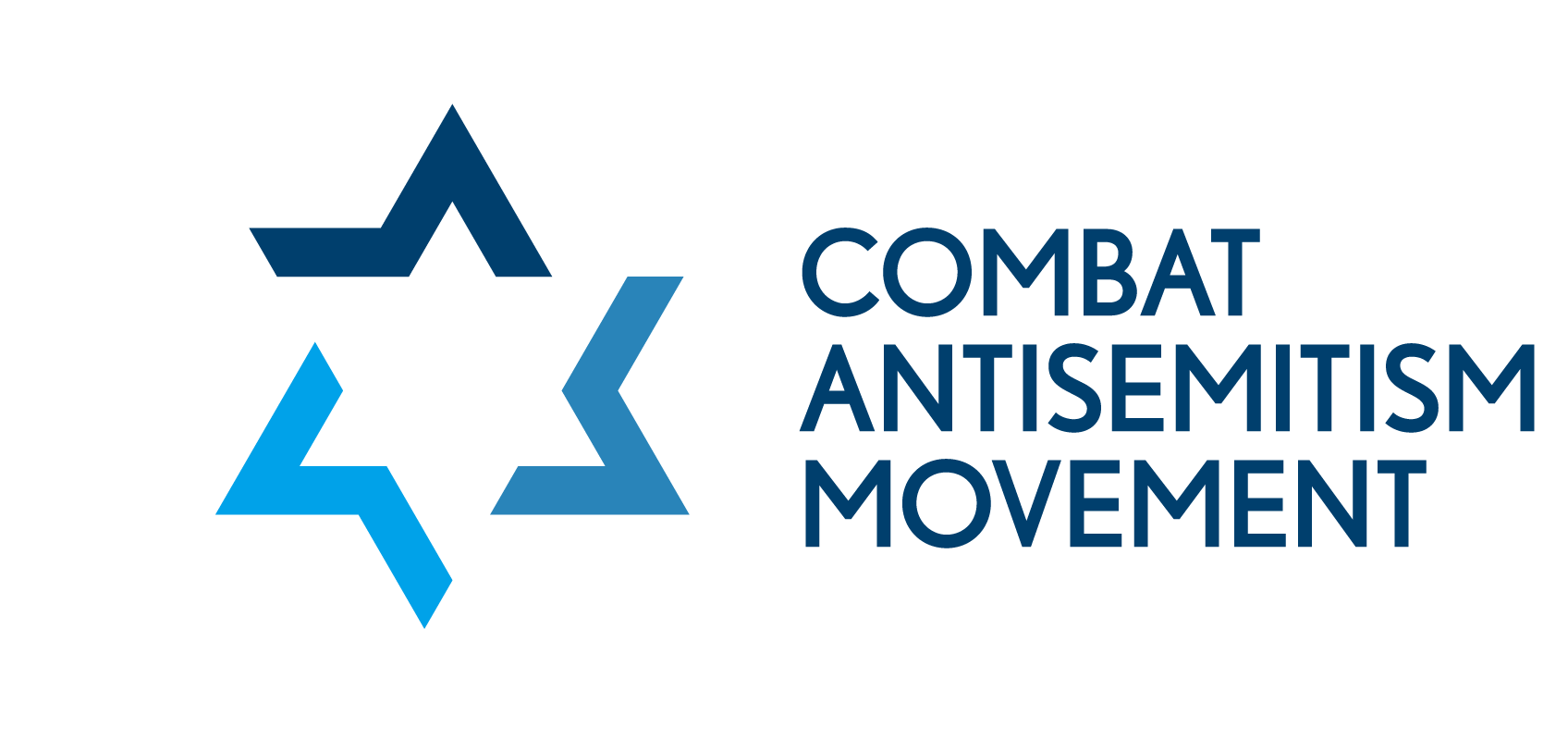|
Getting your Trinity Audio player ready...
|
Following Israel’s strikes on Iranian nuclear and military targets last month, the Middle East is undergoing profound geopolitical shifts. In a special CAM strategic online briefing on Wednesday, two leading analysts — Dr. Meir Javedanfar, a prominent Iran expert based in Israel, and Jesse Weinberg, a research associate the Tel Aviv University-affiliated Institute for National Security Studies (INSS)—examined the aftermath of the strikes, the turmoil within Iran, and the broader implications for Israel and the region.
Watch the full briefing HERE:
The Power Vacuum That Changed the Middle East
Weinberg opened with an overview of U.S. policy in the Middle East over the past two decades. Following the end of the Iraq War and the Obama administration’s pivot toward Asia, Washington reduced its active involvement in the region. This strategic retreat allowed Iran to expand its regional presence through a growing proxy network, including Hezbollah in Lebanon, Hamas in Gaza, the Houthis in Yemen, and Shia militias in Iraq.
Weinberg described Iran’s regional strategy as a “ring of fire” designed to surround and pressure Israel while deterring potential strikes on Iranian nuclear infrastructure. But, as he noted, “bit by bit, Israel has been able to dismantle this network,” particularly following Hamas’s October 7th massacre and the ensuring war.
The Strikes That Shook Tehran
Dr. Javedanfar described the June 2025 Israeli strikes on Iranian military and intelligence targets as both a “simultaneous earthquake and volcanic eruption.” According to him, “the Iranian regime didn’t know how to deal with it.”
One reported incident involved Islamic Revolutionary Guard Corps (IRGC) intelligence officers being lured to an emergency meeting — only for the location to be hit by a missile shortly after they arrived. Javedanfar suggested that the strike exploited a breach in Iran’s own emergency communication system, exposing a severe intelligence failure.
He emphasized that these events “weakened the regime” and led to internal purges within the IRGC’s security apparatus. “This was earth-shattering and unexpected from so many different dimensions,” Javedanfar noted.
The Turning Point: June 13
For Javedanfar, the events of June 2025 marked more than a tactical success for Israel — they signaled a potential turning point in the Islamic Republic’s trajectory.
“The battle for the future of the Islamic Republic of Iran began on June 13th,” he commented. “This isn’t just about Israel’s security — it’s about the direction of the entire Middle East.”
Javedanfar highlighted a growing divide between the Iranian regime and its people, who increasingly oppose their country’s regional adventurism. Protest slogans like “No to Gaza, no to Lebanon — my life for Iran” reflect a surge in Iranian nationalism and public frustration with the regime’s foreign policy priorities.
Gaza, the Gulf, and Regional Realignment
Weinberg also examined the broader regional implications of Iran’s weakening position. He pointed to the 2019 Iranian attack on Saudi Aramco’s oil facilities — which temporarily disrupted 5% of the world’s refined petroleum supply — as a key inflection point. The lack of a U.S. military response, he argued, pushed Gulf states to prioritize internal development and avoid direct confrontation with Iran, while simultaneously exploring normalization with Israel.
Looking to Gaza, both experts noted that with Hamas significantly degraded and Iran on the defensive, there may be a window for regional actors — particularly Arab states — to play a greater role in stabilizing and rebuilding the territory.
The Future of Iran’s Nuclear Ambitions
Turning to Iran’s nuclear program, the briefing addressed the prospect of renewed diplomacy. While a return to a zero-enrichment deal remains unlikely, Javedanfar advocated for a pragmatic approach focused on inspections and verifiable limits.
“As long as the enrichment is very low — something like 3.5% — and there’s a tough inspection regime, we can live with such a deal,” he said. “Of course, we prefer it if it’s zero enrichment, but a good deal after such losses is better than no deal at all.”
The Path Ahead
Both analysts agreed that the regional order of recent decades is breaking down. Iran’s influence is fraying, its leadership is under pressure, and a new geopolitical balance is emerging. What comes next — whether diplomacy, conflict, or internal transformation — could reshape the Middle East for years to come.
As Israel continues its military operations against Iranian proxies, and the Tehran regime grapples with external blows and internal dissent, the months ahead may prove pivotal — not only for Israel’s security but for the strategic future of the entire region.












